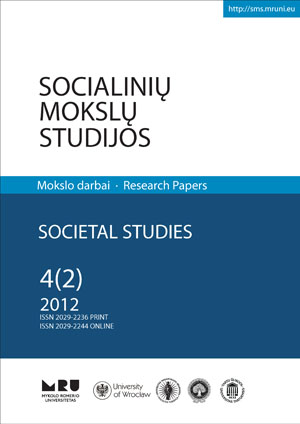Religiniai simboliai Europos Žmogaus Teisių Teismo jurisprudencijoje
Religious Symbols in the Jurisprudence of the European Court of Human Rights
Author(s): Dovilė GailiūtėSubject(s): Social Sciences
Published by: Mykolas Romeris University
Keywords: European Convention on Human Rights; European Court of Human Rights; freedom of religion; religious symbols; restrictions on freedom of religion
Summary/Abstract: The role of religious symbols, including wearing religious garments in school and displaying religious symbols in public, has been, and continues to be, a matter of controversy in a number of countries. Students or teachers observing religious dress codes, including Islamic headscarves and Sikh turbans, employees wearing cross and chain around the neck have in some countries been expelled from schools, denied access to higher education, suspended from their jobs or their other rights were restricted. Summarising the above analysed case-law, it could be concluded that European Court of Human Rights (Commission as well) dealt with the diverse forms of religious symbols. The relevance of the issue could be proved by the new applications, which raise new aspects of the display/wearing of religious symbols. ECtHR in its rulings highlighted the State‘s margin of appreciation and emphasized the importance of the principles of secularisms and equality. Thus, the Court acknowledged the interference with the freedom of religion, it was justified on the grounds laid down in the limitation clause (Article 9(2) of the Convention). In most of the cases the European Court of Human Rights having regard to the Contracting States’ margin of appreciation justified the interference as “necessary in democratic society” in pursuance to the legitimate aim of protecting the rights and freedoms of others and of public order. However, the judgment in “Crucifix” case, where the Court did not find that in classrooms hanging crucifix violates freedom of religion, raised the discussion about “double standards” applicable to the different religions. Consequently, the pending cases regarding the ban on the full-face veil in France and the prohibition to wear a cross and chain around the neck at work, could draw a new line in the jurisprudence of the European Court of Human Rights.
Journal: Socialinių mokslų studijos
- Issue Year: 4/2012
- Issue No: 2
- Page Range: 777-800
- Page Count: 24
- Language: Lithuanian

